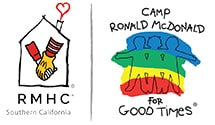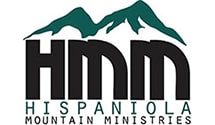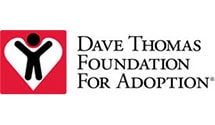Dorothy Marsh
“The ANA is pushing for nurses to be represented on boards of health-related agencies. This is an excellent way for nurses to introduce themselves and the profession to the leaders in the community.” Dorothy Marsh, BSN, MSN, RN, worked in many positions including Brookhaven Lab, the VA and a Cleveland hospital, and created many start-ups during her career. The challenges to nursing include the lack of clinical sites for student nurses to learn the ABC’s of direct patient care under the tutelage of a seasoned nurse. As impressive as simulations may be, they’re not a substitute of a real person experiencing pain, dyspnea or other symptoms. Can a simulated patient really display the symptoms associated with mental illness? We’re in danger of producing nurses who are proficient with computers, but never touch a patient on the arm and say, “How are you doing today?” I think the answer is internships, which some hospitals like the Cleveland Clinic are already providing.
The recent outcry over the nurse with the “doctor’s stethoscope” is a good example of the way social media can be used to elevate the perception of nurses. The ANA is pushing for nurses to be represented on boards of health-related agencies. This is an excellent way for nurses to introduce themselves and the profession to the leaders in the community. Network with groups outside of the nursing profession, such as League of Women Voters, “Leadership” groups in cities associated with the Association of Leadership Professionals (ALP), partisan political group, and college alumni. It’s the duty of all experienced nurses to mentor and nurture those who come behind. This includes not only day-to-day working relationships on the units, but encouraging younger nurses to be a part of their nursing organizations, both ANA and specialty groups. I’ve certainly tried to do this over the course of my career and have been gratified to see some of my young ones go on to become fine nurses and leaders. The old “each one teach one” carried a bit further.
Over the years, I’ve been politically active, working for Civil Rights in the 60’s, on the Health Policy Committee of the Ohio Nurses Association (ONA), working on campaigns. I was Girl Scout leader for many years. After my retirement from the VA, I helped start a Free Clinic here in Akron, which has grown incredibly. I retired from being the administrative nurse when I became 75, but continued as a staff nurse for a few years, and as a board member of the larger institution. I continue to volunteer as a member of the Legislative Committee of the Ohio Association of Free Clinics, and I’m a member of the Environmental Caucus of the ONA.
The profession of nursing, described as healing the bodies, minds and hearts of patients and their families, is accurate. But I always like to remind people that “doctors are cure; nurses are care” because that’s what we do. We care for you when you’re born, when you die and everywhere in between. I also like the quote from Val Sainsbury: “Nurses dispense comfort, compassion and caring without even a prescription.”
One of my most rewarding experiences happened a long time ago. I had a patient with a necrotic bowel who needed very extensive surgery and was one of the first patients in the country to go home with a total parenteral nutrition. He was hospitalized for a long time, and during that period, his wife gave birth to a child who did not survive. I was able to get an order to take him out of the hospital to attend his child’s funeral. I worked closely with his wife on how to care for his line and administer the TPN, and tried to help both of them with their grieving. When he finally was discharged, they gave me an inexpensive little bracelet with a heart on it that says “Thank You.” I’ve never worn it, but I keep it in a little box and take it out at drawer-cleaning time. Some might say my acceptance was unethical, but I think it would have been unconscionable to refuse it. I’ve saved all the nice notes from patients and families, the poems, and the drawings. I like getting a hug from former patients when I run into them at the grocery store or some place. And most of all, I like to get together with my old comrades-in-arms from the VA and my young comrades from the ONA.




